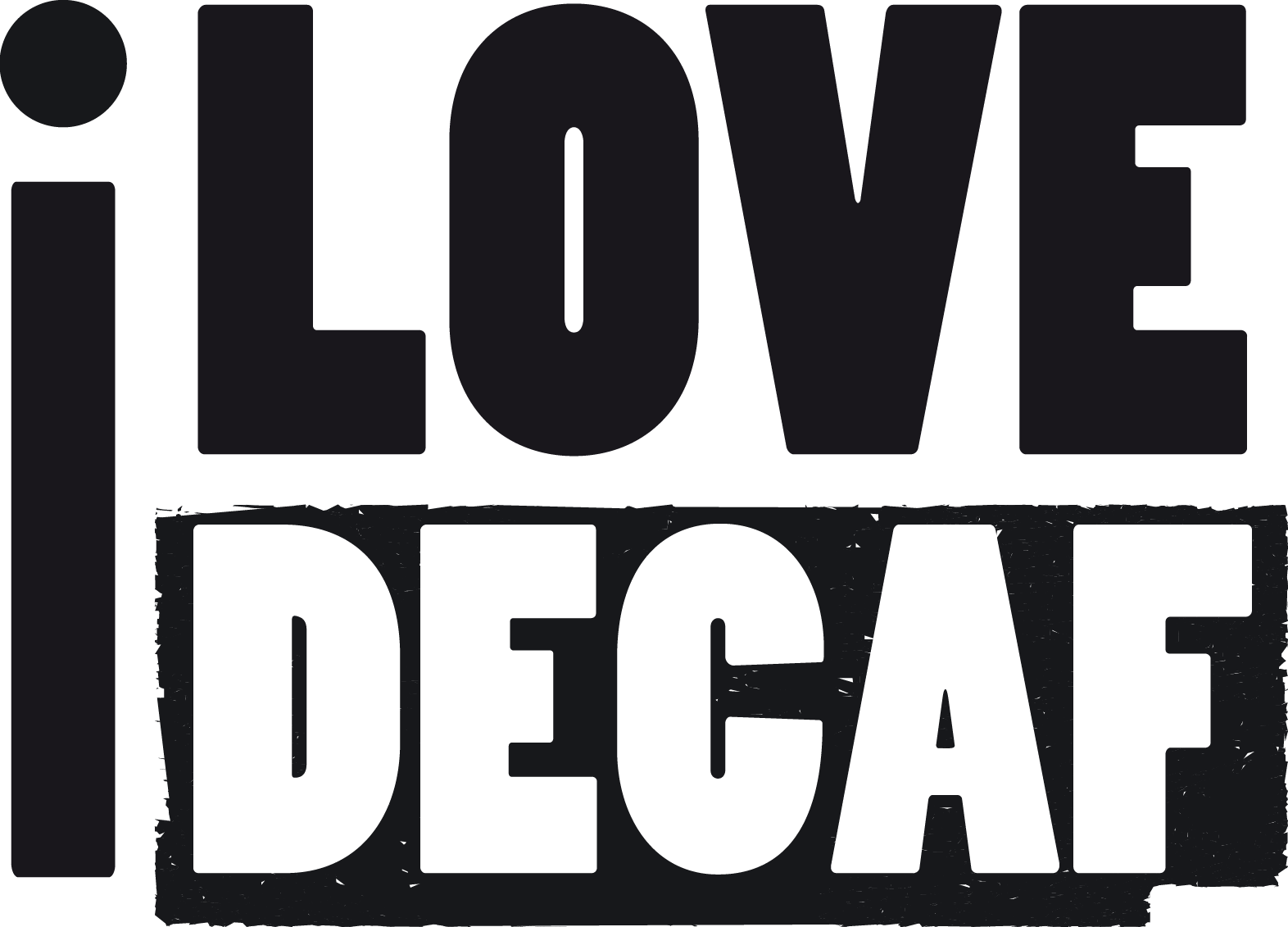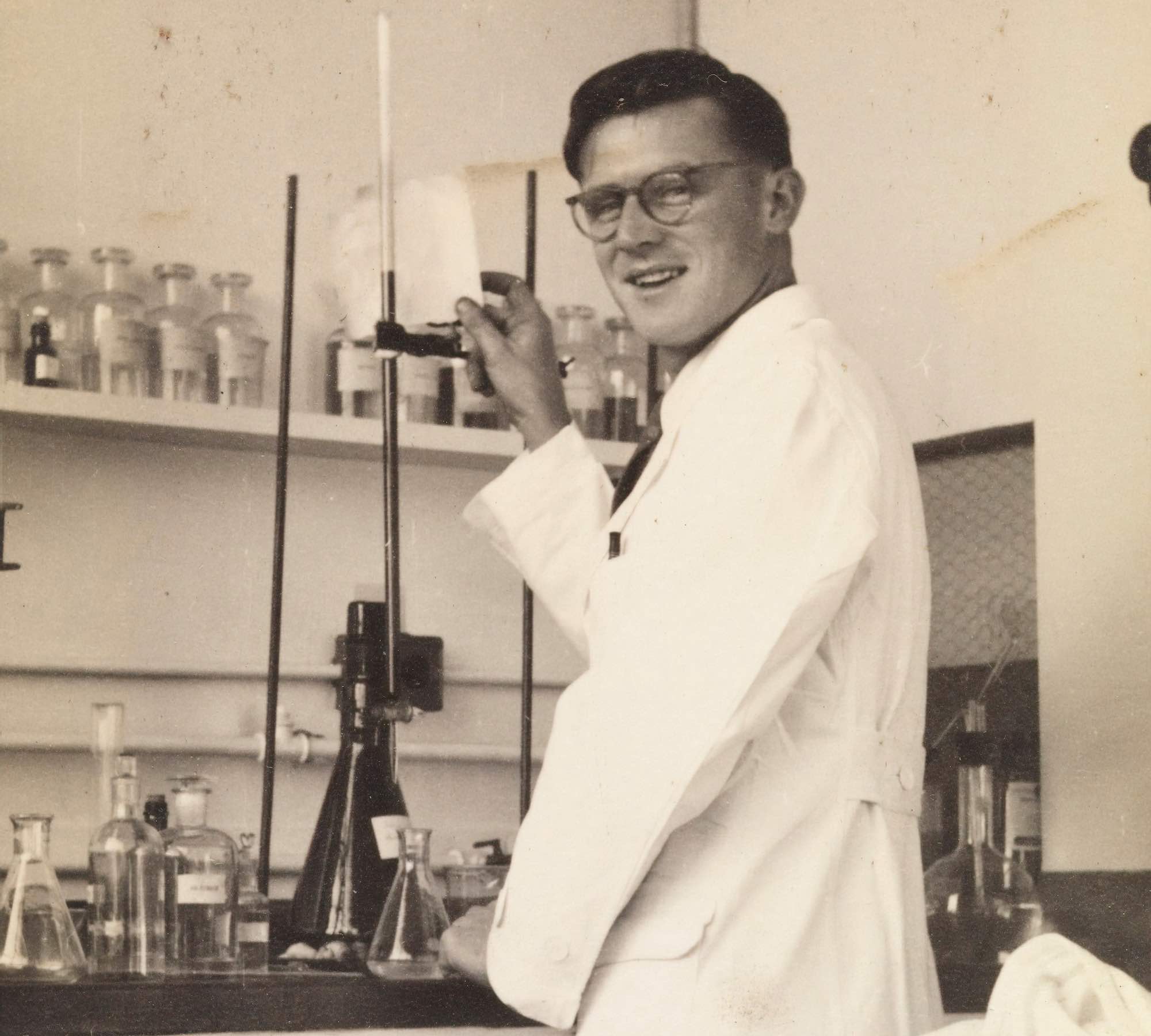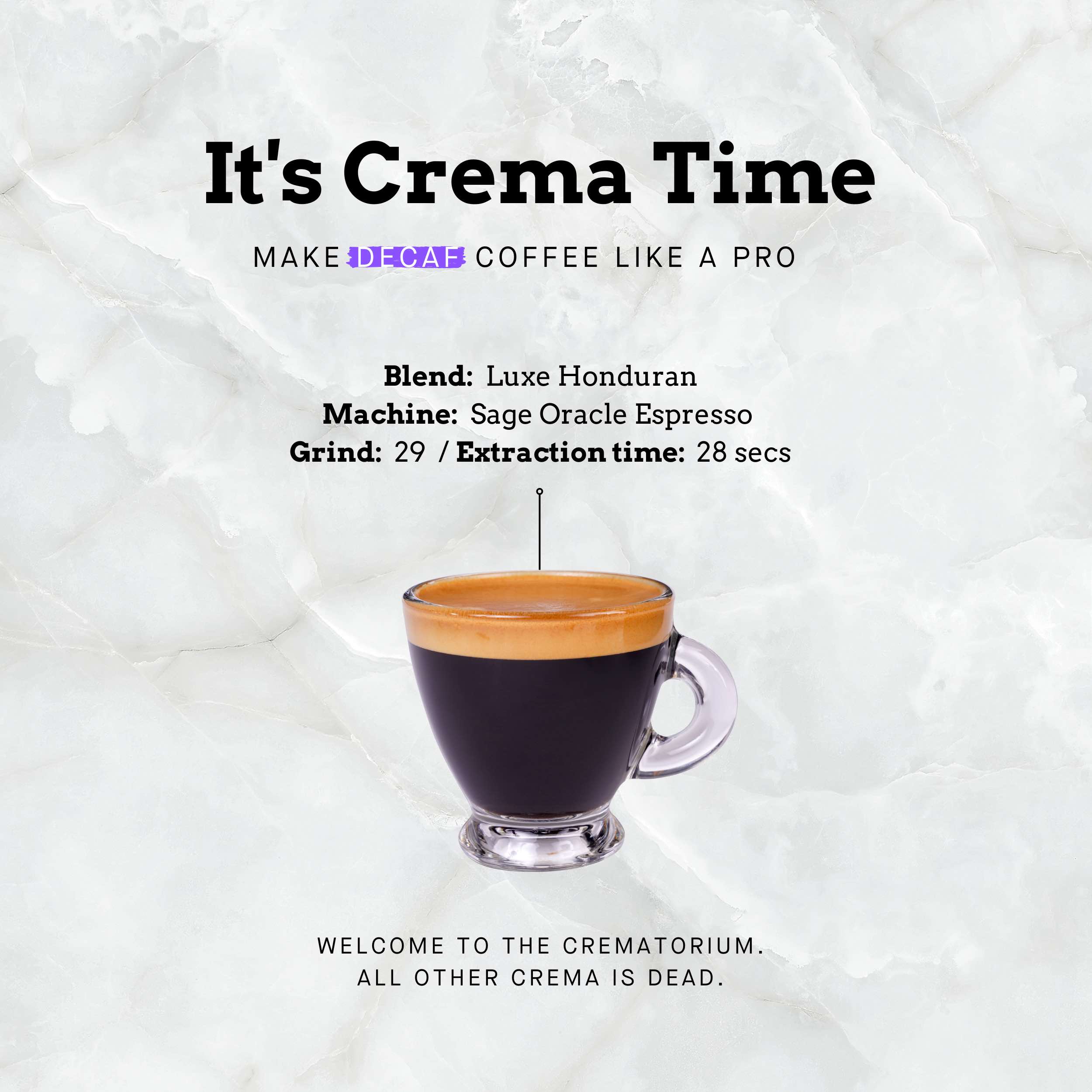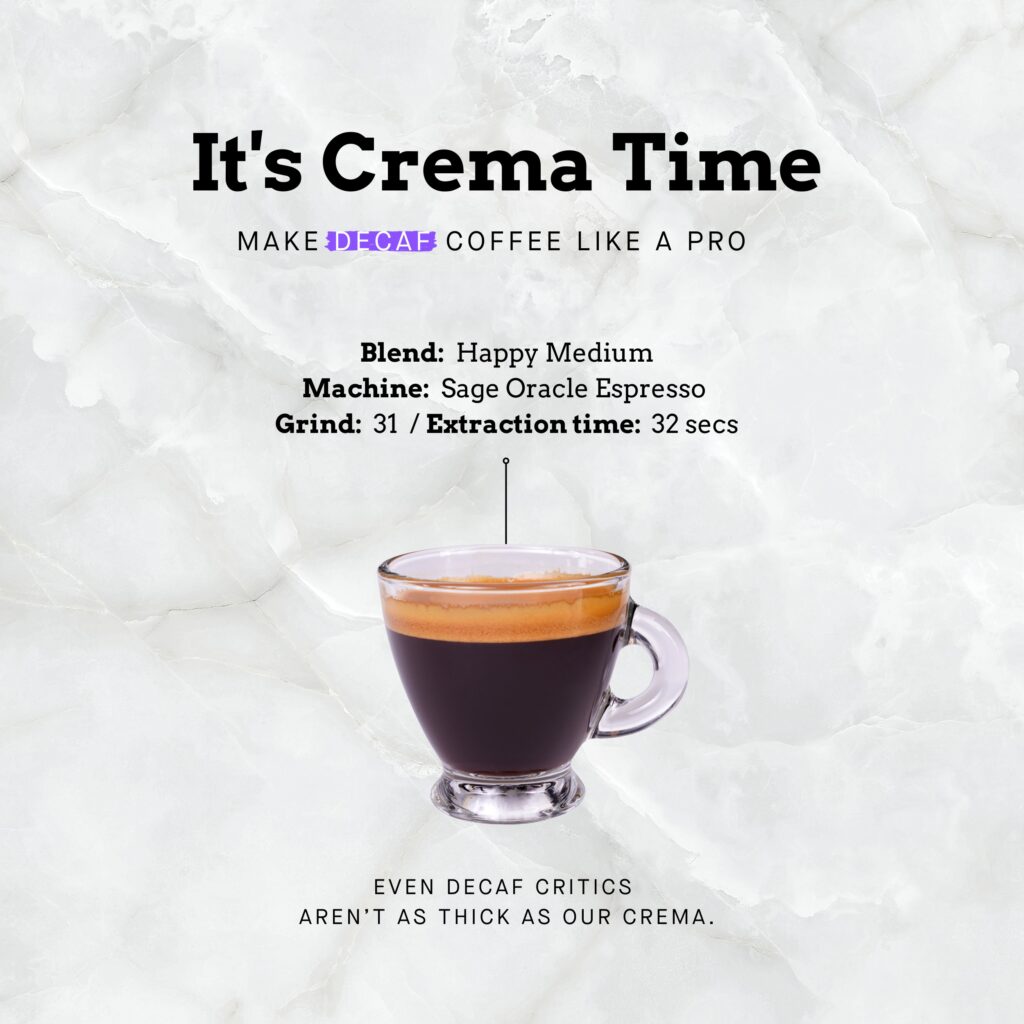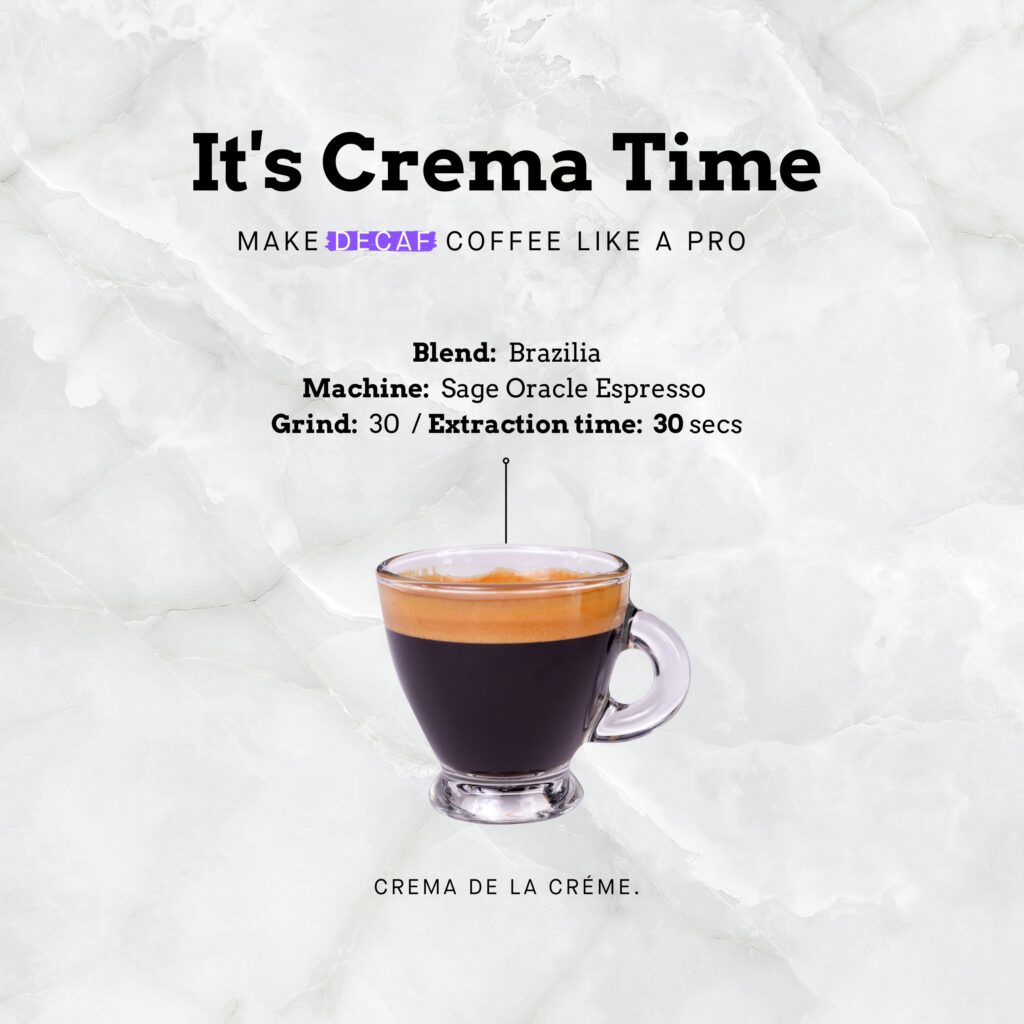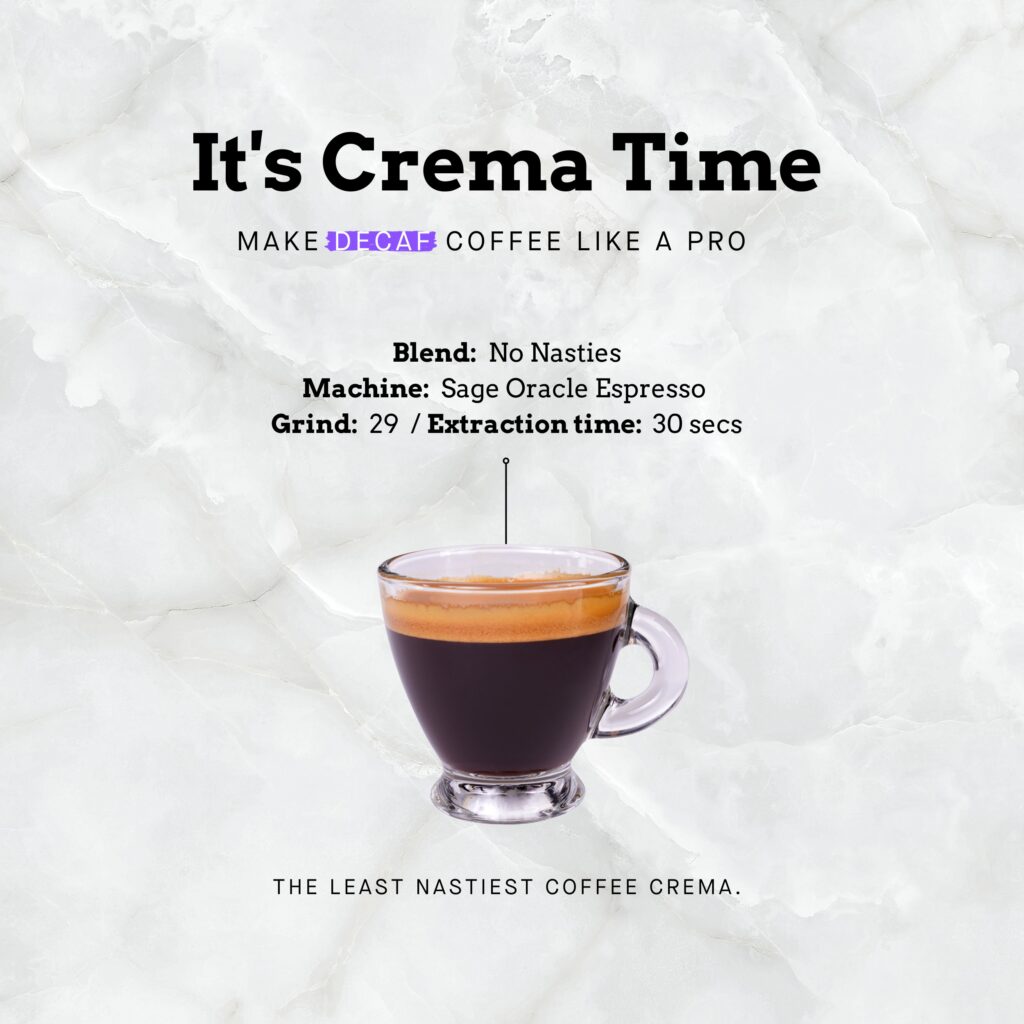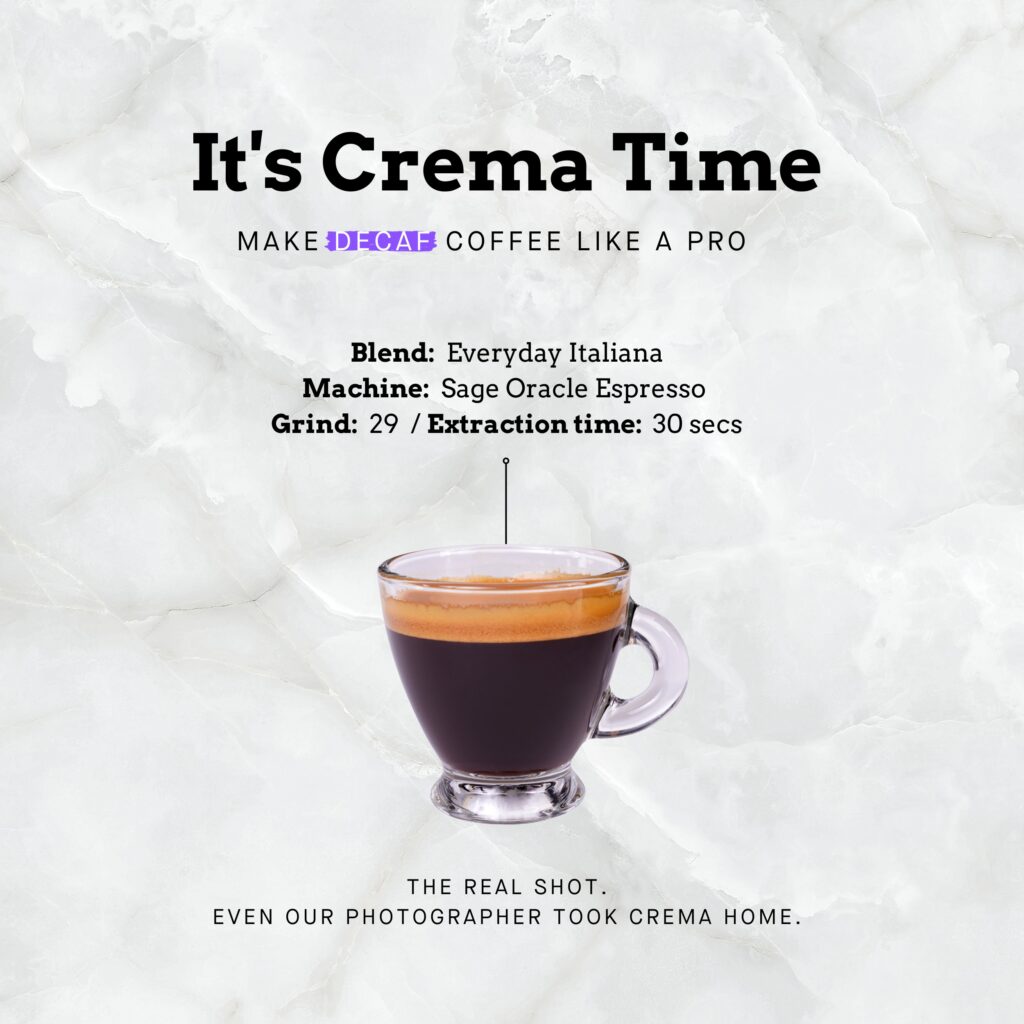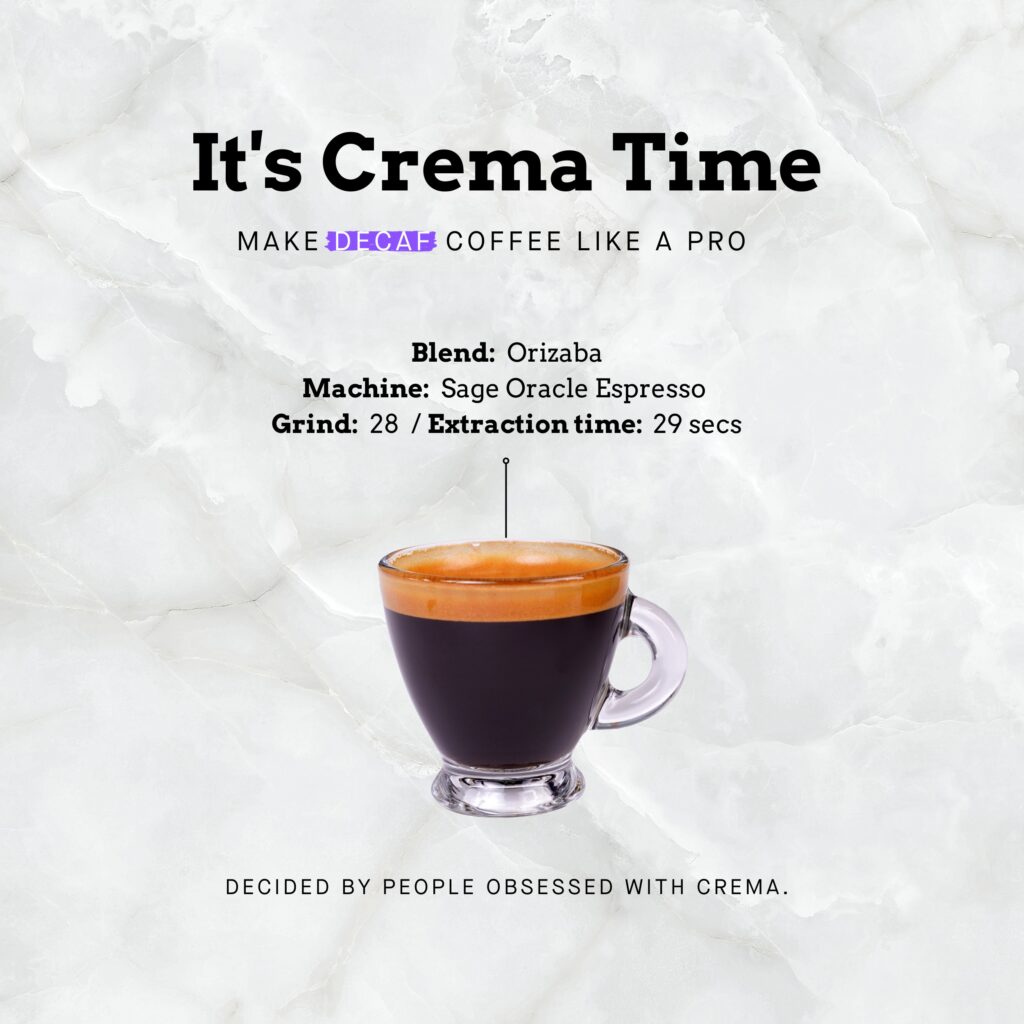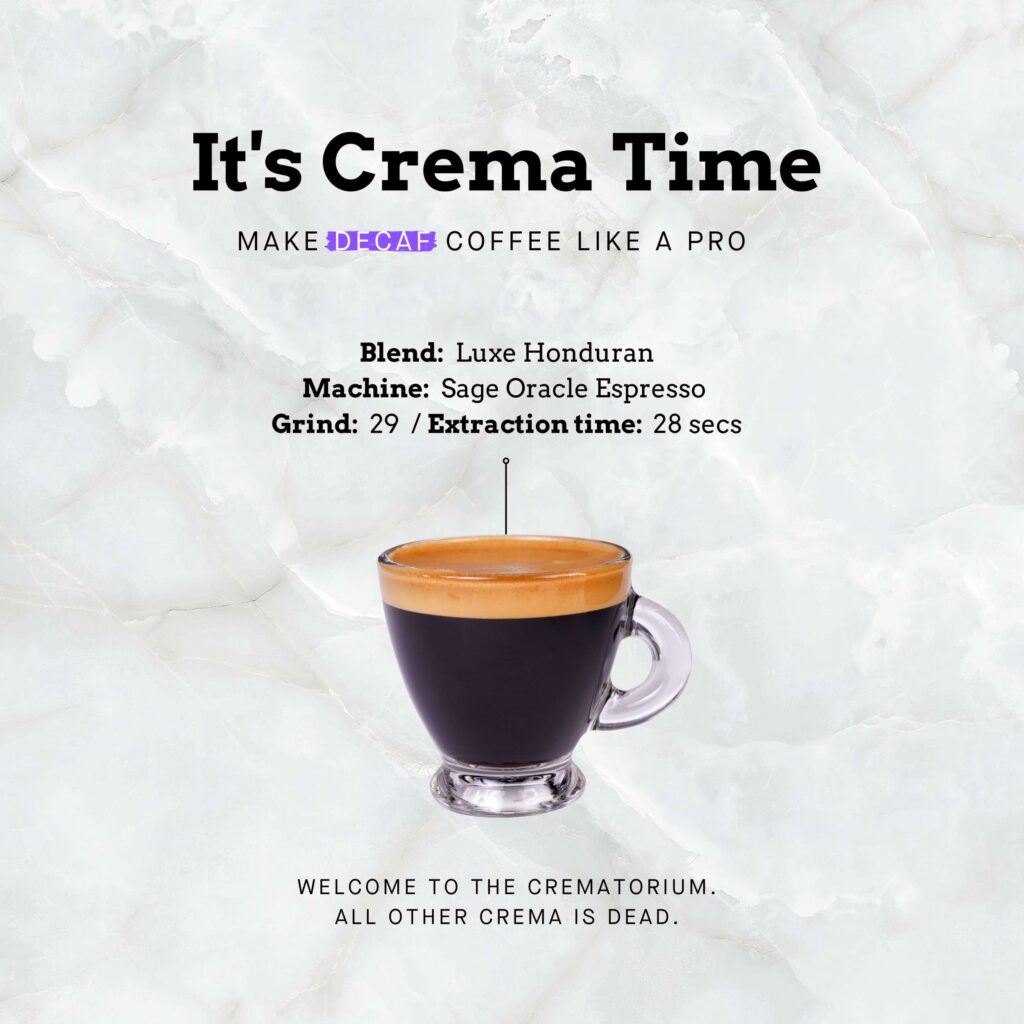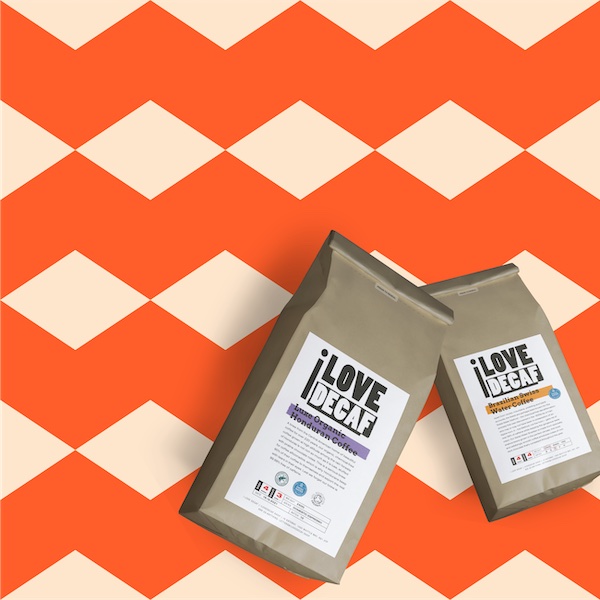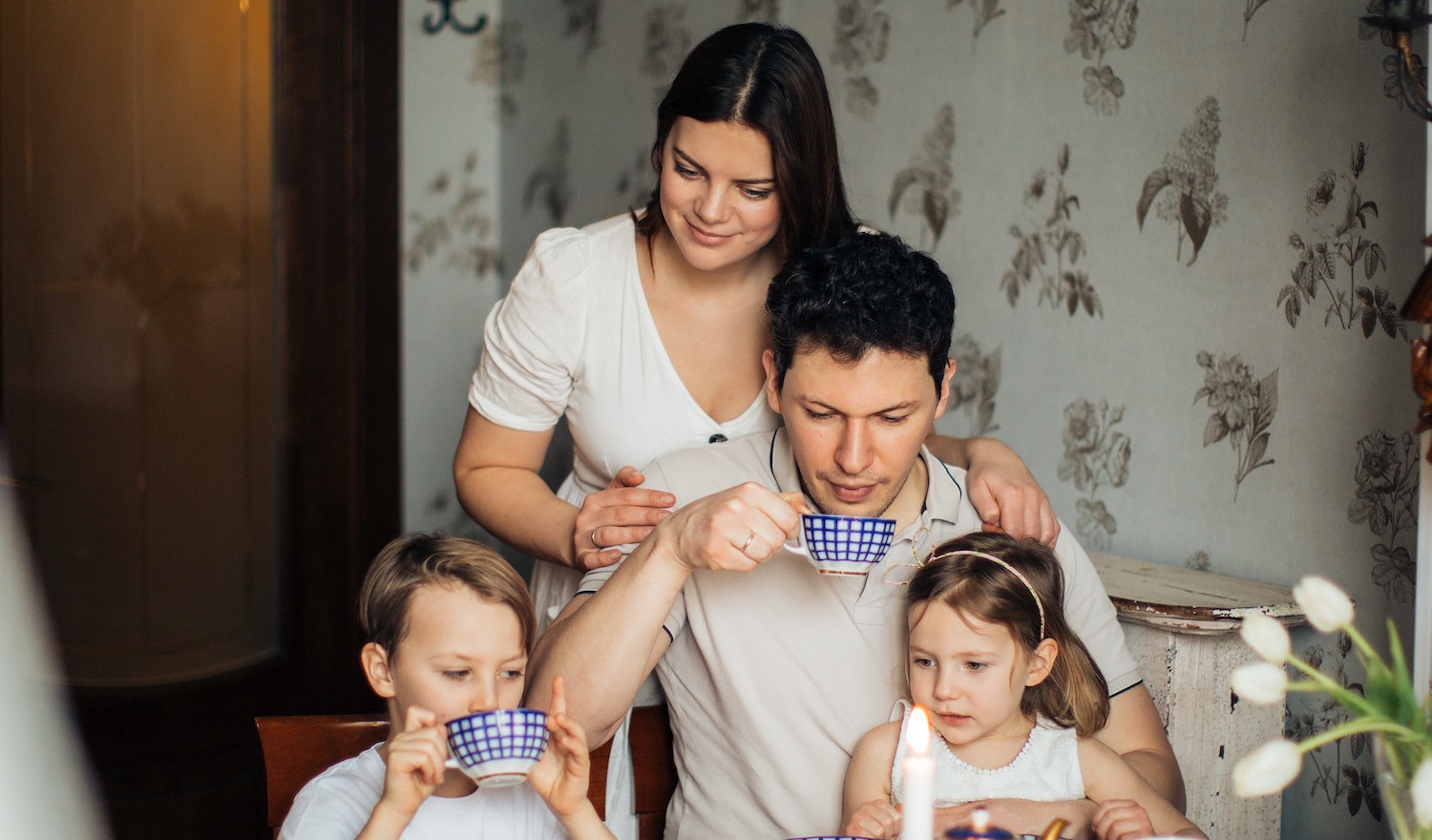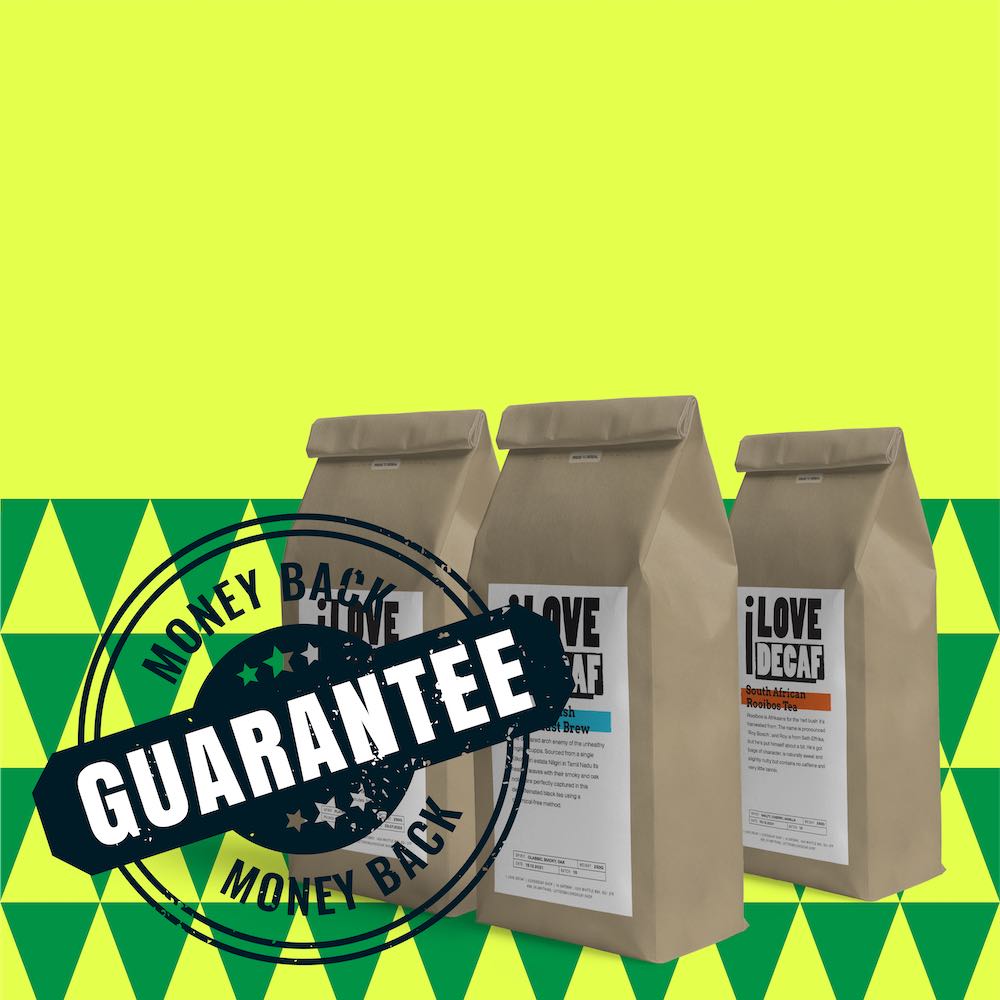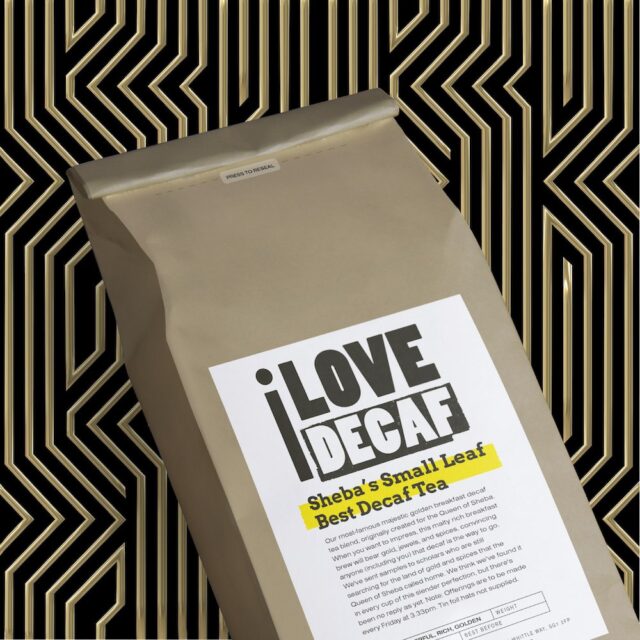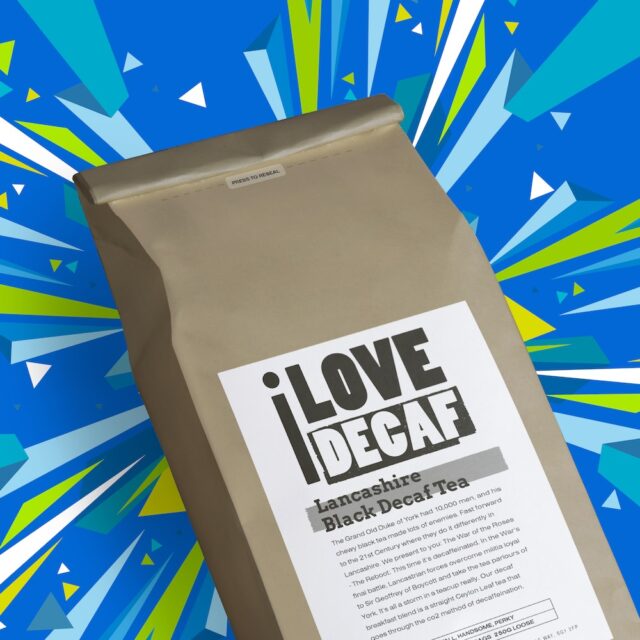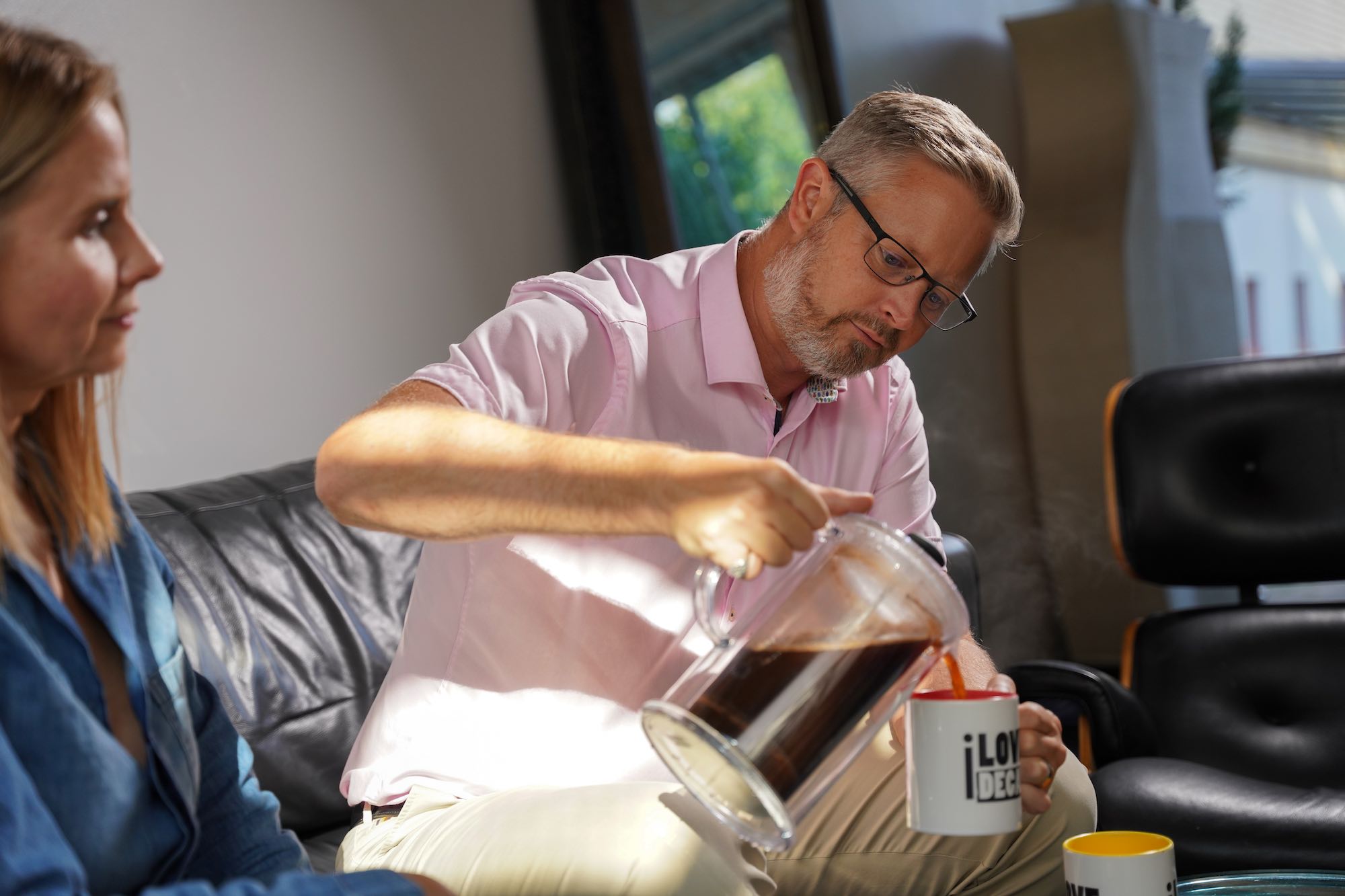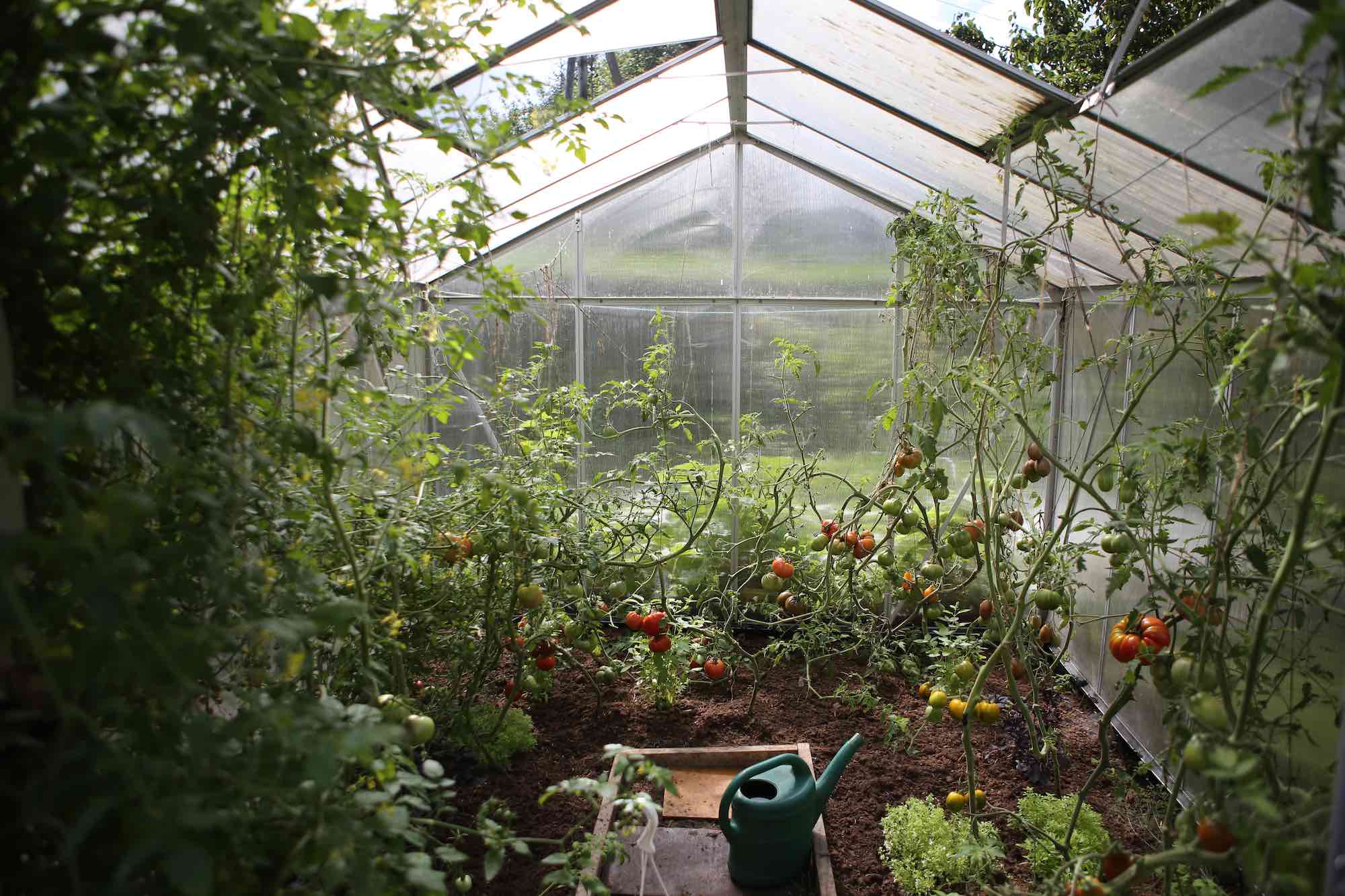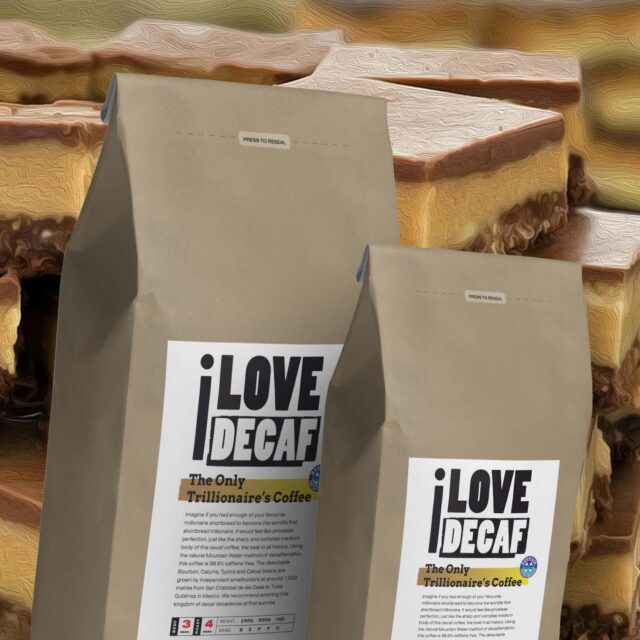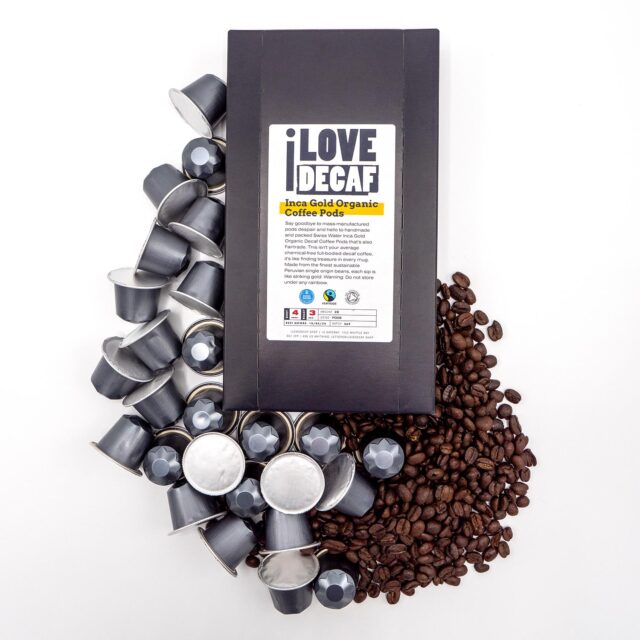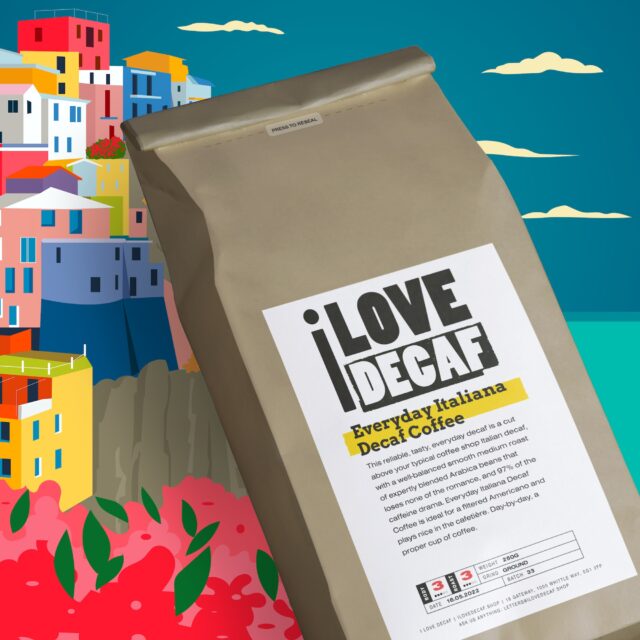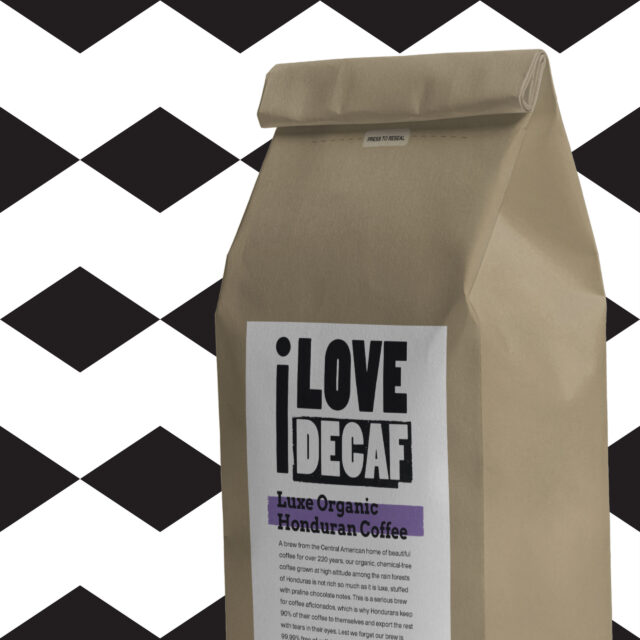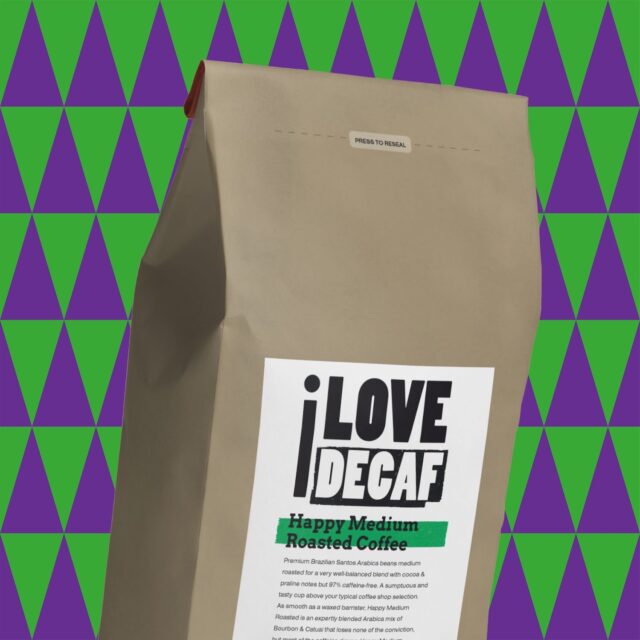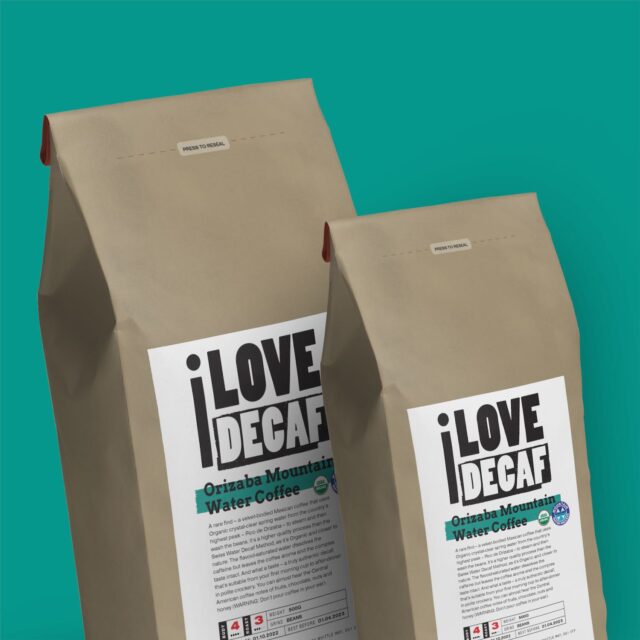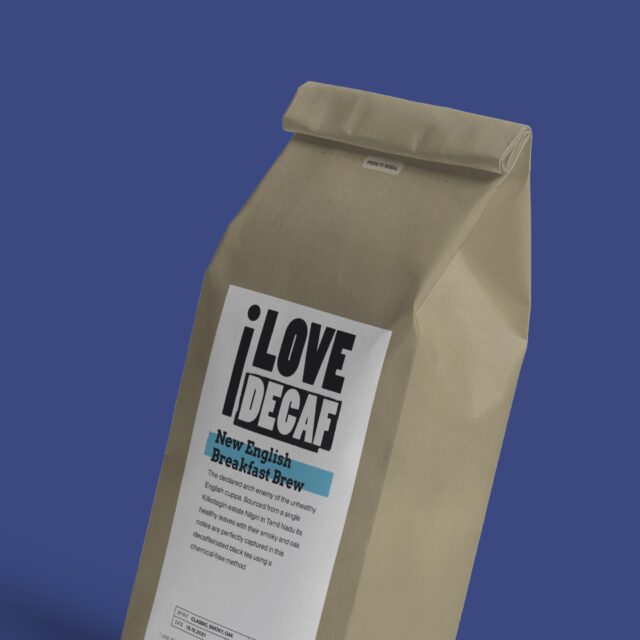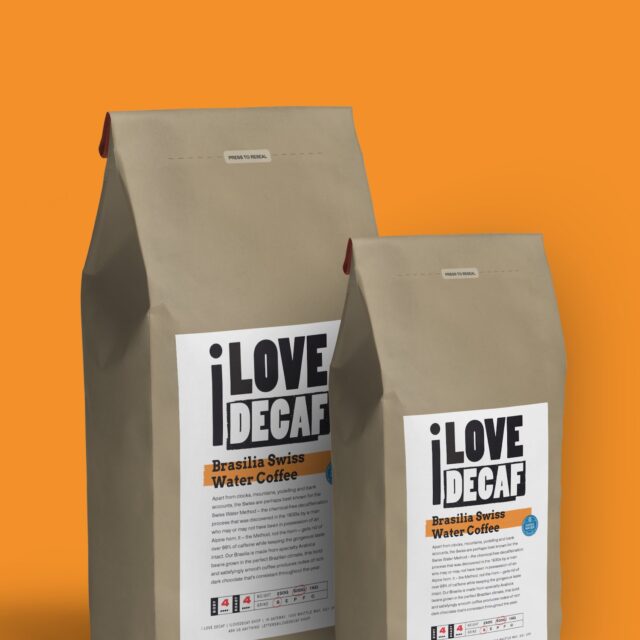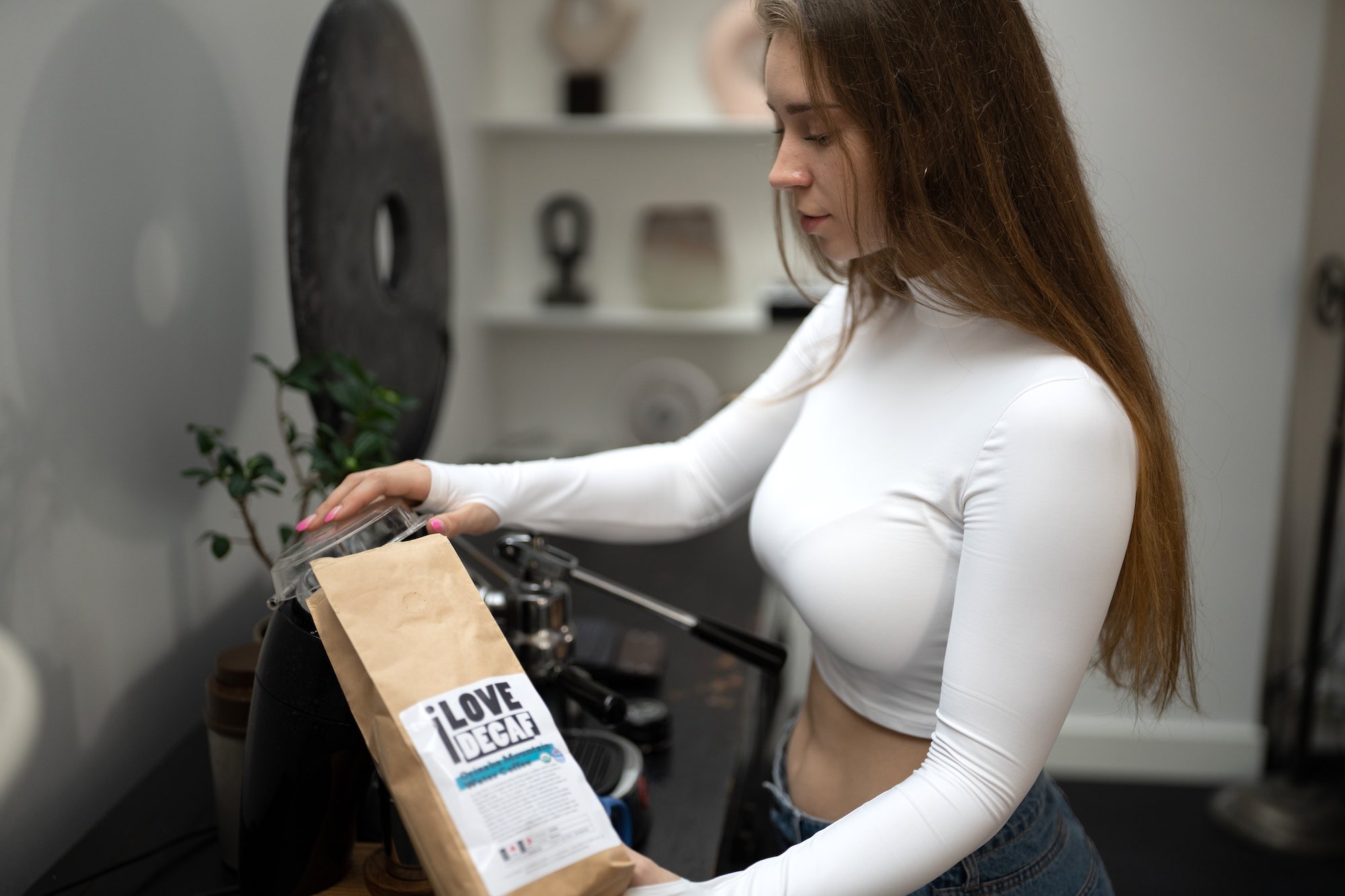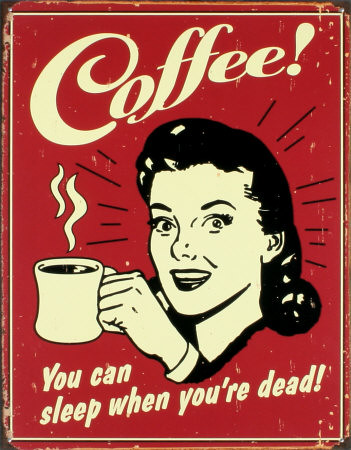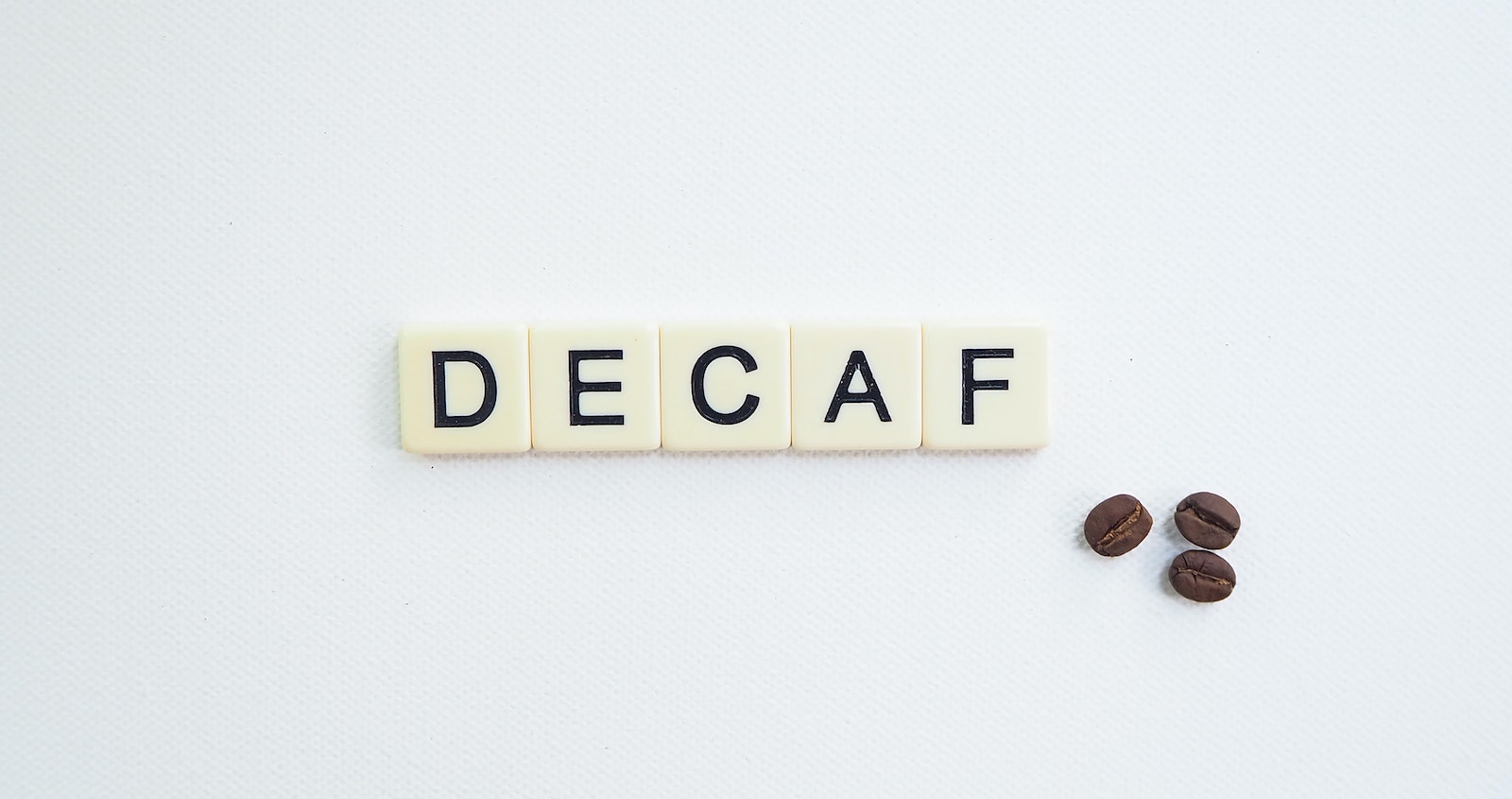Why Decaf Coffee is exactly what you need
We all know that coffee is packed with antioxidants and can help improve focus and concentration. But what about decaf coffee? Is it worth drinking, or is it just a waste of time and energy?
Introduction
In this article, we’ll explore 5 reasons why decaf coffee is exactly the drink you need. From its health benefits to its great taste and aroma and its ability to improve focus and concentration, decaf coffee has a lot to offer!
1. Decaf coffee is lower in acidity.
Decaf coffee is often thought of as being less tasty and weaker than regular coffee. But decaf coffee actually has a lower acidity than regular coffee. This makes it easier on the stomach for you if you have a sensitive stomach or want to try to avoid heartburn.
That’s a plus one for decaf coffee, but doesn’t regular coffee have quite a few health benefits? Does decaffeination take any of those away? The good news is that decaf coffee still has those self-same health benefits as a cup of regular coffee. Decaf is still a great source of antioxidants and can also help to improve brain function.
I Love Decaf’s decaf coffees are roasted with the same skill and ground with the same care you’d exercise for regular beans, so our decaf coffee can be just as tasty and enjoyable as regular coffee. So, if you are looking for a way to enjoy the benefits of coffee without the caffeine, decaf coffee is a great option.
2. Decaf coffee has the same health benefits as regular coffee.
There are many reasons to switch to decaf coffee, even if you’re not trying to cut down on caffeine. As we already mentioned, decaf coffee has the same health benefits as regular coffee, including a reduced risk of diabetes, cancer, and Alzheimer’s disease.
Decaf coffee is also just as effective as regular coffee at improving mood and reducing stress levels. So if you’re looking for a way to relax and improve your mood, decaf coffee is a great choice.
And if you’re worried about the taste of decaf coffee, there’s no need to worry. With I Love Decaf’s brewing methods, decaf coffee can be just as full of flavour as regular coffee. So if you’re looking for a delicious and healthy beverage, decaf coffee, again, is the perfect choice.
3. Decaf coffee is a good source of antioxidants.
I Love Decaf’s decaf coffee is a brilliant source of antioxidants, which are important for many reasons. Antioxidants help to protect your cells from damage, and they also have been linked to lower risks of some chronic diseases, such as heart disease and cancer. Decaf coffee also contains other beneficial nutrients, such as vitamins and minerals.
Decaf coffee is available in many different roasts and grinds
There are many different types of decaf coffee available on I Love Decaf. You can find decaf coffee as whole beans or a variety of grinds tailor-made to different kinds of coffee-masking equipment and in medium, and dark roasts. This means that you can find a decaf coffee that suits your taste preferences.
If you find that regular coffee makes you feel jittery or anxious, decaf coffee is the way to go. It has the same flavour and aroma as regular coffee, but without the caffeine. This means that you can enjoy your coffee without having to worry about the side effects of caffeine.
Decaf coffee is available in many different roasts and grinds, so there’s bound to be one that suits your taste. If you’re looking for a decaf coffee that tastes great and doesn’t sacrifice flavour, try one of these.
Orizaba Mountain Coffee (Swiss Water Style)
A full bodied with well-developed texture and sweetness, this exceptional Mexican coffee uses the crystal-clear spring water from the country’s highest mountain – Pico de Orizaba – to first steam the green coffee beans, then wash them free of caffeine.
Luxe Organic Swiss Water Honduran Decaf Coffee
Medium sweet, nutty roast with a fuller body, this brew from the Central American home of beautiful coffee is organic, Fairtrade and decaffeinated usibng the chemical-free Swiss Water decaf method. The coffee itself is grown at high altitude in the rain forests of Honduras.
Happy Medium Roasted Decaf Coffee and Everyday Italiana Decaf Coffee
Our two great everyday decaf coffee blends are perfect brews from first thing to late night (remember: they won’t keep you awake).
Brasilia Swiss Water Decaf Coffee
Our Swiss Water Brazilian is made from the best arabica beans grown in the perfect climate. A bold and satisfyingly smooth coffee with notes of rich dark chocolate.
Conclusion
While some people might think decaf coffee is a waste of time and energy, there are actually quite a few reasons to give it a try. For one, decaf coffee still has many of the same health benefits as regular coffee, so you can enjoy those without having to worry about the caffeine jitters. Additionally, decaf coffee is more forgiving on your stomach and won’t keep you up at night the way regular coffee can. And lastly, with the right preparation, decaf coffee can be just as delicious as its caffeinated counterpart. So if you’re looking to cut back on your caffeine intake or simply want to mix things up, be sure to give I Love Decaf’s decaf coffee a chance!
